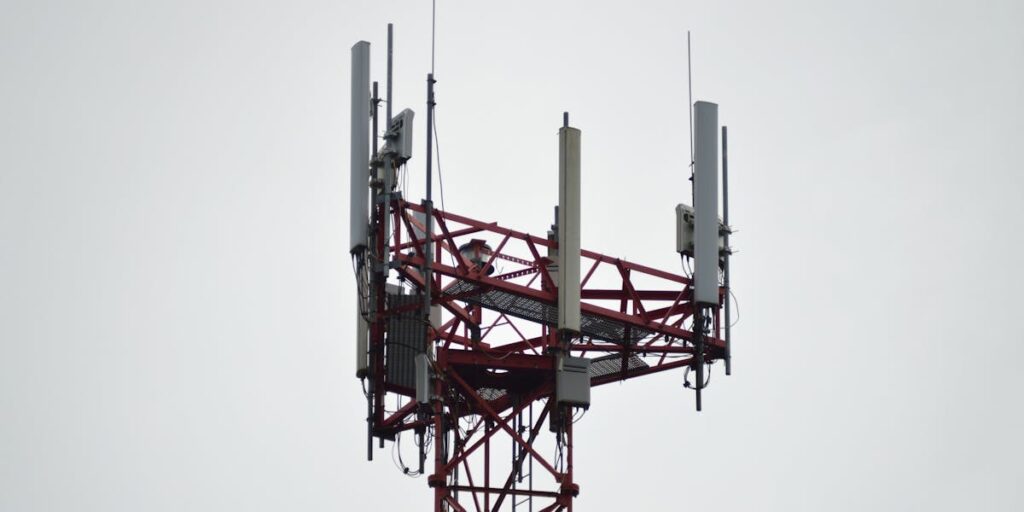Communication Systems: Understanding Signals and Transmission
Introduction
Communication systems are essential for transmitting information over distances, enabling connectivity in today’s world. These systems rely on signals, which can be analog or digital, to convey data. Understanding the principles of communication systems is crucial for exploring how information is transmitted and received in various technologies.
Analog and Digital Signals
Signals can be classified into two main types: analog and digital. Analog signals are continuous and vary smoothly over time, while digital signals are discrete and represent information using binary values (0s and 1s).
Example:
An analog signal can be a varying voltage in an audio signal, while a digital signal can be the binary data in a computer file.
Modulation and Demodulation
Modulation is the process of varying a carrier signal in order to transmit data. There are several types of modulation, including amplitude modulation (AM), frequency modulation (FM), and phase modulation (PM). Demodulation is the reverse process, where the received signal is converted back into its original form.
Example:
In AM radio, the amplitude of the carrier wave is varied in proportion to the audio signal being transmitted. The receiver demodulates the signal to recover the audio information.
Transmission Media
Transmission media are the physical paths through which signals are transmitted from sender to receiver. These can be wired, such as coaxial cables and fiber optics, or wireless, such as radio waves and microwaves.
Example:
Fiber optic cables transmit data as light pulses, allowing for high-speed communication over long distances with minimal signal loss.
Communication Channels
A communication channel is a medium used to transmit a signal from a transmitter to a receiver. Channels can be affected by noise, which can distort the signal and degrade the quality of communication. Various techniques, such as error detection and correction, are used to mitigate the effects of noise.
Example:
In a wireless communication system, the channel can be the air through which radio waves travel. Noise from other electronic devices can interfere with the signal, requiring techniques to ensure accurate data transmission.
Types of Communication Systems
There are various types of communication systems, including:
- Telecommunication: Systems that transmit voice, data, and video over long distances, such as telephone networks and the internet.
- Broadcasting: Systems that transmit audio and video content to a wide audience, such as television and radio broadcasting.
- Satellite Communication: Systems that use satellites to relay signals around the globe, providing connectivity in remote areas.
- Cellular Communication: Systems that use cell towers to provide mobile phone and data services.
Applications
Communication systems have numerous applications in various fields, including:
- Telecommunications: Providing phone and internet services to households and businesses.
- Broadcasting: Delivering news, entertainment, and educational content to the public.
- Remote Sensing: Collecting data from remote locations using satellite and wireless technology.
- Healthcare: Enabling telemedicine and remote patient monitoring.
Conclusion
Understanding communication systems is essential for exploring how information is transmitted and received in today’s interconnected world. The principles of signals, modulation, transmission media, and communication channels form the foundation of technologies that drive modern communication, enabling connectivity and access to information.
Read more in Hindi: संचार प्रणालियाँ: संकेत और संचरण को समझना




